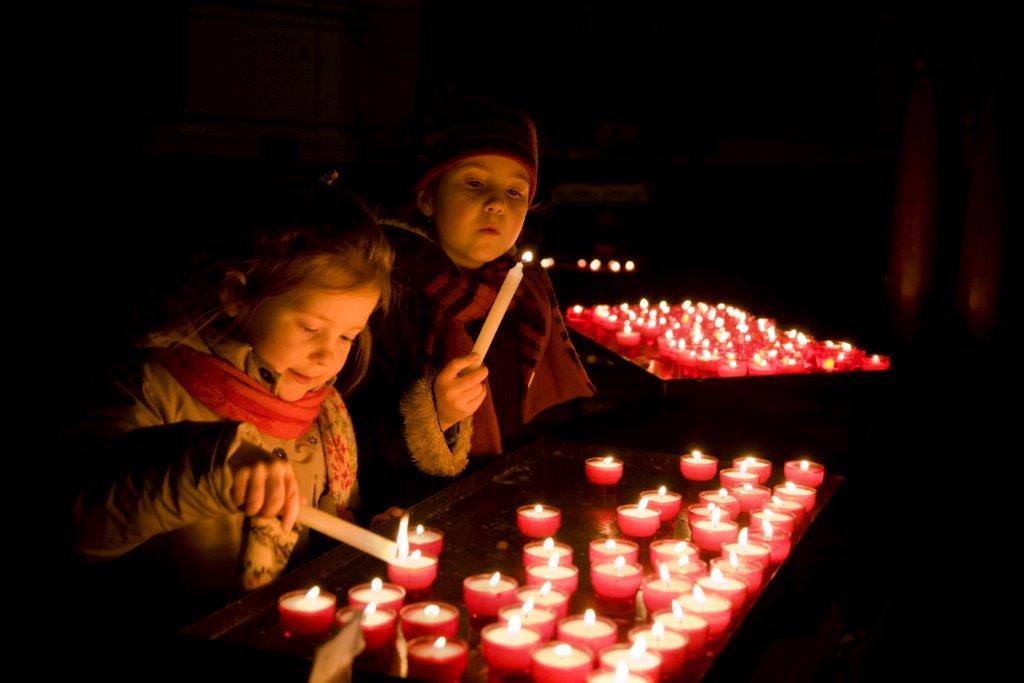The wonderfully complete 14th century brick-vaulted refectory undercroft - later a cottage occupied until 1902 - of a small Augustinian priory.
It is dedicated to Olaf, the 11th century king and patron saint of Norway whose stark Christian message was ‘baptism or death’.


 Established in 1753, the British Museum in London is dedicated to human history and culture.
Established in 1753, the British Museum in London is dedicated to human history and culture.

